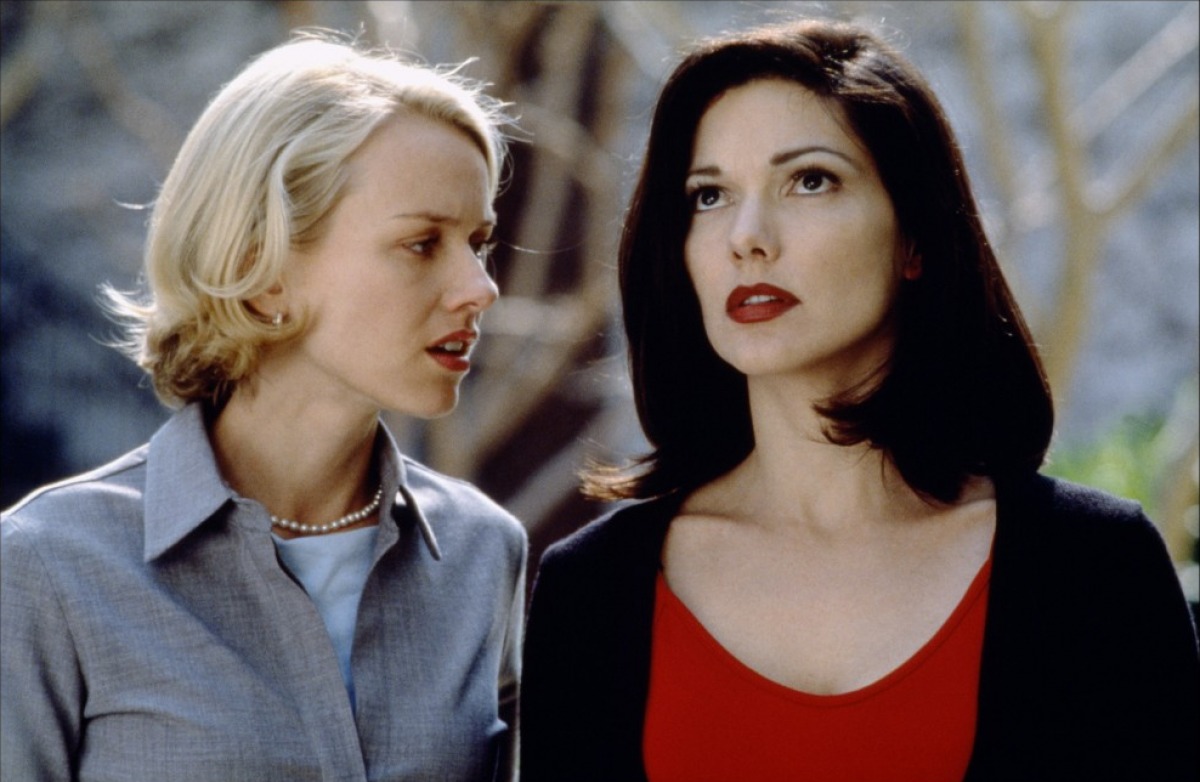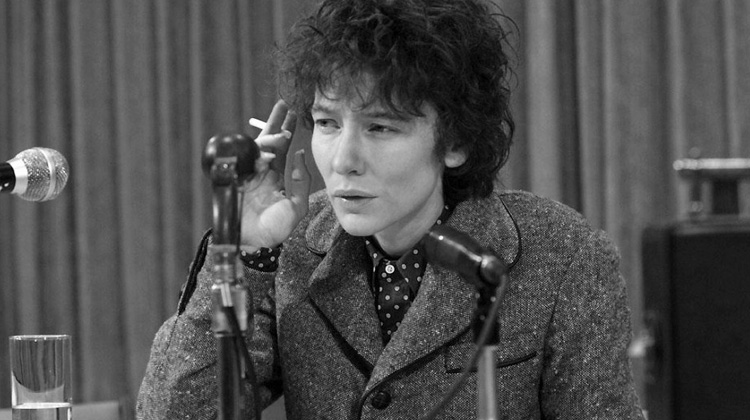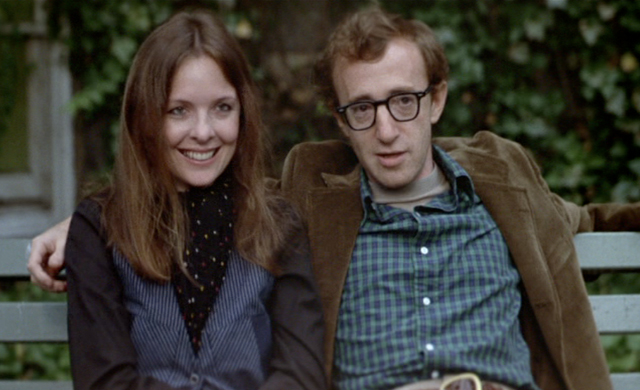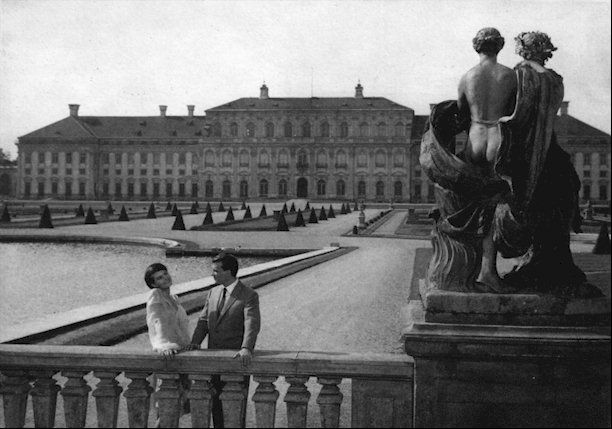
What is a fragmented film? That is not an easy question. A film may be fragmented by its inner structure, a narrative that doesn’t follow a traditional path. However, some non-linear films do follow a common path, albeit with flashbacks. Can those films be considered fragmented?
The idea of a fragmented film we explore in the following entries is that of a film that can be identified as a broken mirror. Sometimes the pieces are scattered and small, the puzzle solvable, but beyond comprehension by most of us, other times there’s just a few shards broken near the heart of the film. Perhaps all the shards are back together in the frame, but the places where it was broken can still be seen. And the relationships between these parts are what makes us see a film as fragmented, not nonsensical.
The following is a list of some of the best uses of fragmented narrative in film history, perhaps taking a few liberties with the definition, as we are willing to approach it in a more intuitive rather than an academic way.
NOTE: Time travel films are excluded, since they usually have to be fragmented in service of the story, and wouldn’t work without that fragmentation. I tried to focus on film genres and types that aren’t usually fragmented.
10. Magnolia (1999)
Magnolia boasts one of the best acting casts in recent memory, and is accompanied by some of the best written characters. Julianne Moore, William H. Macy, John C. Reilly, Tom Cruise, Philip Baker Hall, Philip Seymour Hoffman, Alfred Molina, Jason Robards, among others, star in this mosaic character study that follows a day in the life of several people.
The plot has no real center, but the part that connects everything is the relationship of the characters to a children’s game show called “What do kids know?” A cocaine addict, a dying father, a larger than life sex guru, a former child star, a lonely policeman, a timid nurse. All of them collide as the themes and motifs of their stories intertwine.
Even though one might describe the structure as fragmented, Magnolia is relatively easy to follow, in part thanks to the power of the scenes Paul Thomas Anderson delivers.
It was his third film. After Boogie Nights, he was in a position to do whatever he wanted thanks to New Line Cinema agreeing to finance his next film and to give him artistic control. The film garnered great critical acclaim, and was later nominated for three Academy Awards: Best Supporting Actor for Tom Cruise, Best Original Screenplay for Anderson and Best Song for Aimee Mann, who according to Anderson was one of the original inspirations for the screenplay.
Also Watch: Cloud Atlas
9. Mulholland Dr. (2001)
Mulholland Dr. is perhaps David Lynch’s greatest achievement. Others could say Blue Velvet, or maybe the Twin Peaks series, but none of them has the staying power of Mulholland. It is fragmented narrative at its finest, with a plot that slowly starts to build up until the jar can’t handle all the water and it breaks in pieces.
The film tells the story of a young actress that has just arrived in Hollywood, looking to make it big. As it often happens. She meets another woman called Rita, who was involved in an accident recently. Then (or perhaps a bit earlier) everything takes a step into the surreal.
Lynch has often been cited as one of the few true surrealists of this day and age, he is concerned with the idea of dreams and the subconscious, along with subconscious desires and fears. In Mulholland Dr. these themes come into the surface, with a dreamlike world very similar to ours, but with a few oddities and surreal images added.
The real fragmentation in the plot occurs when the film is pretty advanced, and changes the whole meaning of the film, or perhaps deepens it, helps it evolve. I don’t want to ruin the experience for a first-time viewer, so that’s all I’ll say. Lynch is a true master of his craft.
8. I’m Not There (2007)
Bob Dylan was always going to be an interesting subject for a biopic. Todd Haynes kicked it up a notch by making the biopic an extremely non-traditional affair. The name of the singer is only mentioned once, at the beginning, as a caption reads: “Inspired by the music and the many lives of Bob Dylan”.
Afterwards we are treated to intercutting stories of characters that each represents a different facet of Dylan’s personal and professional life. By using completely different actors for each segment, Haynes attempts to dislodge us from the idea of Dylan’s life story as a clear sequence of events, instead trying to capture the spirit of different phases of its life.
It may be a bit slow to some, but it is a fascinating film, with the likes of Cate Blanchett, Christian Bale, Richard Gere, Heath Ledger, Ben Whishaw and the young Marcus Carl Franklin all being Bob Dylan. Unmissable to the Dylan fan.
Fun fact: Ben Whishaw is currently slated to play Freddie Mercury in the upcoming biopic, making it the third famous rocker he’s played. Apart from Dylan, he portrayed a young Keith Richards in the ill-fated “Stoned”, about the death of Brian Jones.
7. Annie Hall (1977)
“Annie Hall” is, for my money, Woody Allen’s best film. It is also one of his most interesting narrative structures.
“Annie Hall” is the story of how Alvy Singer recounts his relationship with the eponymous Annie Hall (played by Diane Keaton), and tries to figure out where and why everything went wrong. Along with the changes in time, that show different parts of the relationship and of Alvy’s life out of chronology, the narrative is fragmented with often breakings of the fourth wall.
In one of the most famous scenes, Alvy and Annie are in a theater queue, and he hears a man deriding the work of Fellini and communication theory philosopher Marshall McLuhan’s work. He then suddenly refers to the audience, and McLuhan himself comes into the action invited by Alvy.
Other scenes suddenly speak directly to the viewer in a self-aware context, also breaking the fourth wall. All the film follows the relationship as Alvy’s sees it, also fragmenting our view of Annie and how they were as couple.
To this day, “Annie Hall” remains one of Woody Allen’s most revered films, he earned two Oscars for it (for directing and co-writing it) and Keaton won an award for her performance as Annie Hall.
Also Watch: “(500) days of summer”, a modern romance film that although not entirely similar, also portrays a man trying to understand his past relationship in a dramedy context.
6. Last Year at Marienbad (1961)
The film, by Alain Resnais, was and still is highly divisive, both on its value and interpretation. In a nutshell, the story revolves around a man and a woman that may or may not have met last year at Marienbad, as the man recalls what he believes happened last year between them.
The film begins with the camera moving around an old hotel, an old French villa, with a cryptic voice-over said over and over again, that is later revealed is the ending of a play. From this point the fragmentation of the film kick-starts.
The film is quite challenging, it requires an attentive viewer that is willing to not have all his questions answered. The action changes between present time, at the villa, the man’s idea of last year, and divergent vignettes and pieces of narrative.
It is an extremely cryptic film dealing with memory, and from the beginning it seems to be set in a distant time we can’t hope to understand, in a place we can’t fathom. Actually, the film often films out of time and of place, leading people to hypothesize that the whole thing takes place in the purgatory. Others say everything is part of the play that starts the film. There’s myriad interpretations, and I’m sure you’ll have your own when you finish seeing it.
Also Watch: David Lynch’s “Inland Empire” has been called a modern reinterpretation of “Last Year at Marienbad”, and proved to be even more divisive. Longer and more incomprehensible, “Empire” might be an even bigger challenge than “Marienbad”.




